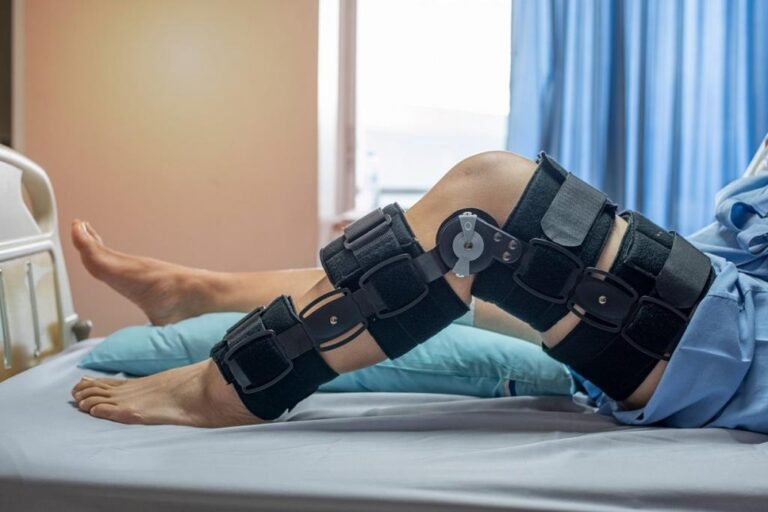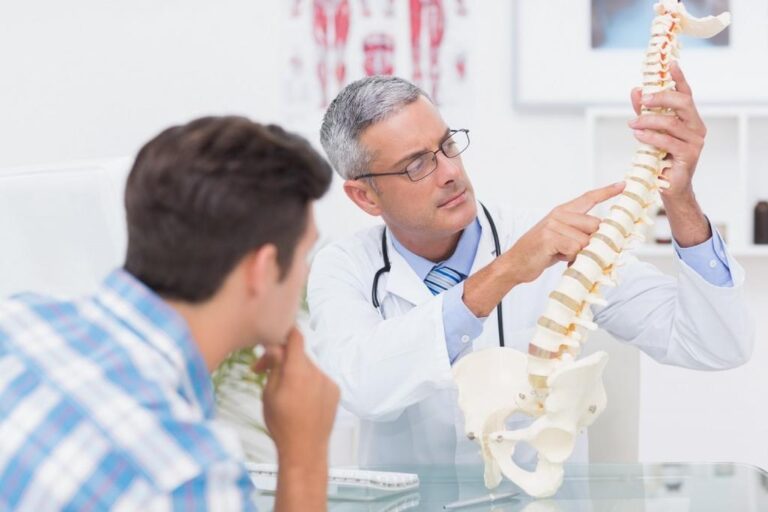Recovery is typically the longest and most arduous part of any surgery. One of the priorities of many surgeons is, after correcting the primary issue, minimizing aspects of damage to surrounding tissue.
This is often the reason for long recovery times, particularly in orthopaedic procedures, such as joint replacement surgeries. Procedures are constantly refined to reduce the size of incisions, and therefore the damage caused to muscle and other tissue around the surgical field.
Advances in regenerative medicine have also added to improved recovery times. The surgeons of Texas Orthopaedic Associates favor the use of stem cell therapy as a way of encouraging faster healing and shorter recovery.
A goal of many orthopaedic procedures is to have you back on your feet and into physical therapy as soon as possible after surgery to start rebuilding strength and mobility. Stem cell therapy is part of an overall post-surgery recovery plan.
Stem cell sources
The portrayal in news media of stem cell therapy as a controversial medical technique dates to the early days of stem cells, when sources of these weren’t well understood. Currently, the orthopaedic world tends to favor stem cells that are harvested and returned to you as a therapy.
This offers excellent biocompatibility, since there are no compatibility or allergy issues. As a technique, stem cell treatment requires only harvesting and injection procedures, with a concentration step in between.
What stem cells do
A stem cell is an undifferentiated cell. It has the capability of converting into a cell with a specific purpose, as needed by your body. Hormones deliver messages to a stem cell with instructions to convert into this specific, or differentiated, cell.
Your body has stores of stem cells throughout your body, waiting for use in self-regenerative healing, the raw materials behind the routine maintenance and injury healing that your body is constantly undertaking.
How stem cells speed surgical recovery
Stem cell therapy increases the supply of raw materials available for your healing systems. Typically, stem cells are harvested from bone marrow, most often from the pelvic bone. The cells are then concentrated and prepared for re-injection into your body at the site of your surgery. This injection delivers this concentration to the place where your body needs them.
It’s thought that additional stem cells speed the healing process. Typically, patients feel less pain sooner, and overall recovery times tend to be shorter. For post-surgical recovery, stem cell therapy may be beneficial for those who have degenerative conditions, such as osteoarthritis. Pain relief is common with stem cell therapy and slower joint deterioration may also occur.
Research and clinical study into stem cell therapy is still in the early stages, but the combination of potential benefit from an extremely safe procedure leads to a promising future for this natural regenerative technique.
Contact the most convenient office of Texas Orthopaedic Associates by phone or through the online appointment app to schedule a consultation to learn more about how stem cell therapy can help you after surgery or with any other orthopaedic issue.













